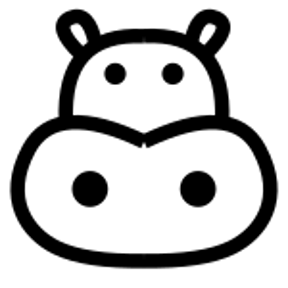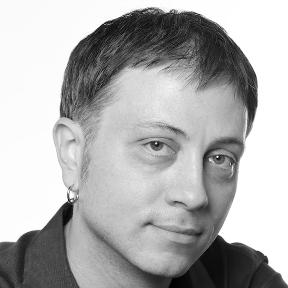Welcome to the Onshape forum! Ask questions and join in the discussions about everything Onshape.
First time visiting? Here are some places to start:- Looking for a certain topic? Check out the categories filter or use Search (upper right).
- Need support? Ask a question to our Community Support category.
- Please submit support tickets for bugs but you can request improvements in the Product Feedback category.
- Be respectful, on topic and if you see a problem, Flag it.
If you would like to contact our Community Manager personally, feel free to send a private message or an email.
How to get a full remove revolve of two parts to work.
 MWheeler
Member Posts: 5 EDU
MWheeler
Member Posts: 5 EDU
I am trying to make a model of a pencil with a sharpened point. When I try and do a revolve to remove the 2 parts that make the pencil, it fails if I do a full revolve. If I change the revolve to 359 degrees it works great, but I am left with a little sliver of the pencil. Here is what it looks like.


Tagged:
0
Best Answers
-
 _anton
Member, Onshape Employees Posts: 503
_anton
Member, Onshape Employees Posts: 503  It's a nonmanifoldness issue - before being subtracted from the pencil, the revolved body has an infinitely thin point at the end, which our geometry kernel disallows. Easiest fix is to extend the sketch profile in a straight line past the end of the pencil.1
It's a nonmanifoldness issue - before being subtracted from the pencil, the revolved body has an infinitely thin point at the end, which our geometry kernel disallows. Easiest fix is to extend the sketch profile in a straight line past the end of the pencil.1 -
 S1mon
Member Posts: 3,762 PRO
When you revolve that section, you're essentially creating a part (which is then going to be removed) which is impossible in Parasolid. At the tip there is a single point where the inside of the part meets the outside. While that's possible mathematically, the kernel doesn't allow it.See this improvement request:https://forum.onshape.com/discussion/20585/better-error-handling-and-training-around-zero-thickness-parasolid-limitsThere are many ways to get a conical tip on your pencil model. The most direct change would be to modify your sketch so that there's no zero thickness at the tip.
S1mon
Member Posts: 3,762 PRO
When you revolve that section, you're essentially creating a part (which is then going to be removed) which is impossible in Parasolid. At the tip there is a single point where the inside of the part meets the outside. While that's possible mathematically, the kernel doesn't allow it.See this improvement request:https://forum.onshape.com/discussion/20585/better-error-handling-and-training-around-zero-thickness-parasolid-limitsThere are many ways to get a conical tip on your pencil model. The most direct change would be to modify your sketch so that there's no zero thickness at the tip. Better practice would be to revolve a conical surface and split the parts. In general, it's a waste to create faces that aren't needed or part of the actual model. You can't always avoid this, but in this case it's easy.
Better practice would be to revolve a conical surface and split the parts. In general, it's a waste to create faces that aren't needed or part of the actual model. You can't always avoid this, but in this case it's easy.
Simon Gatrall | Product Development Specialist | Open For Work
2
Answers
Simon Gatrall | Product Development Specialist | Open For Work